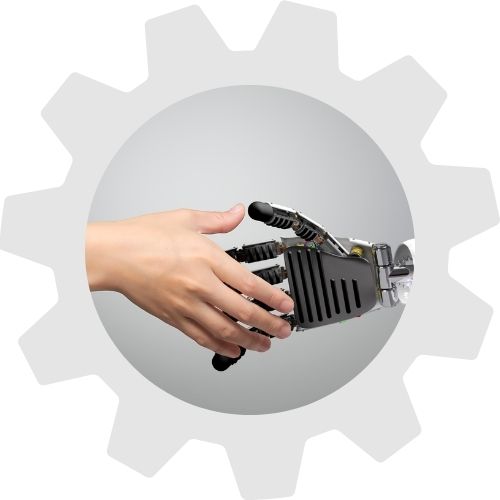
Optimizing IT Performance: Why Teams Matter More Than Tools
For years, IT leaders—both mid-market IT and MSPs—have invested heavily in monitoring, ticketing, and security tools. From RMM platforms and SIEMs to endpoint protection and automation suites, the landscape is full of powerful solutions built to optimize performance and reduce risk.
But despite this investment, a key truth has become increasingly clear: tools alone aren’t enough.
Across industries, IT operations are facing new levels of complexity and demand. Organizations are realizing that success hinges not just on what technology is in place, but on who is behind it. In short, the conversation is shifting from tools to teams.
Organizations
are realizing that Success depends less on tools and more on the teams behind them.
The Growing Complexity of IT Environments
Modern IT environments are hybrid, fast-moving, and highly distributed. Cloud infrastructure, remote workforces, cybersecurity threats, and around-the-clock user needs have all become standard. Tools help manage this complexity—but they don’t solve it.
Monitoring tools can generate alerts, but they can’t triage them in the context of your business. Security tools can detect a threat, but they can’t coordinate incident response or communicate with impacted stakeholders. Ticketing systems can log issues, but they don’t solve them on their own.


The Talent and Capacity Gap
Even with the best tools in place, many IT teams find themselves constrained by a lack of time, bandwidth, or specific technical expertise. In some cases, tools even create more work—adding to the volume of alerts and tickets that need to be triaged and resolved.
To stay ahead, organizations need skilled engineers and analysts who can monitor, interpret, and act—across systems, around the clock. That often means looking beyond internal resources and building flexible teams that can adapt to shifting demands.
From Automation to Human-Centered Response
There’s no doubt that automation has brought efficiency gains. But many of the most critical IT functions—incident response, user support, root cause analysis—still depend on people. And as organizations scale, it becomes clear that operational resilience is built on the strength and structure of the team, not just the software stack.
That’s why more IT leaders are rethinking their operational models—supplementing internal staff with dedicated pods, shared NOC and SOC services, and tiered support resources that allow them to match the right expertise to the right task.

What IT Leaders Should Be Asking
The shift from tools to teams is not about choosing one over the other—it’s about enabling and optimizing the technology you’ve invested in with the right operational support.
As you plan for growth, resilience, and risk management, ask yourself:
1. Are we equipped to respond quickly and consistently, 24x7?
2. Do we have the coverage and depth to handle both day-to-day support and critical incidents?
3. Are our tools delivering the ROI we expected, or do we need more people power behind them?
The most successful IT operations today aren’t just defined by the tools they use—but by the teams they trust to keep everything running, secure, and supported.
For more information on how to optimize the use of your tools, leveraging the team approach, let’s connect and discuss.


